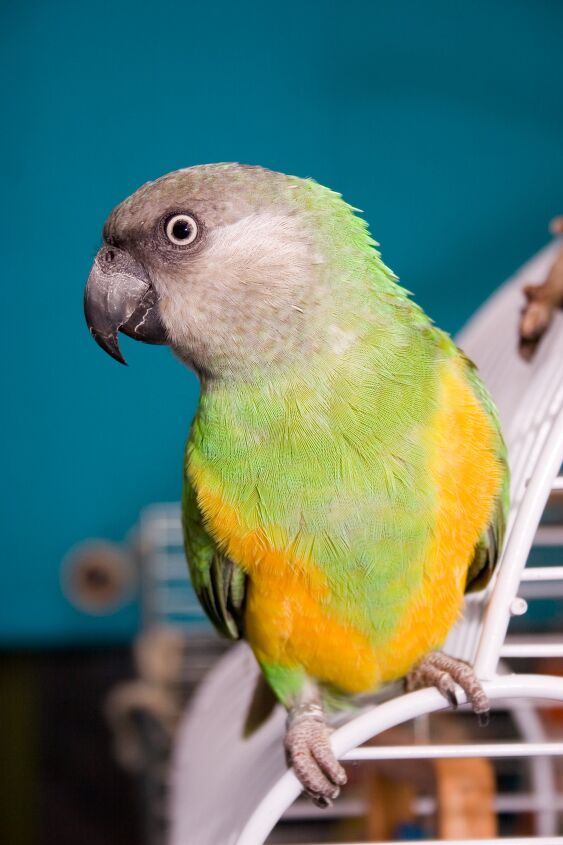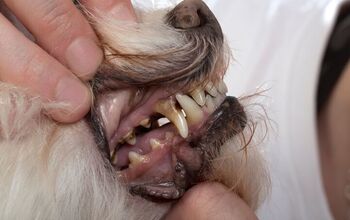Senegal Parrot


About Senegal Parrot
A very popular pet in aviculture, the Senegal parrot is a mischievous little trickster who can also be an affectionate bird when he wants to, stealing the hearts of the whole family with its chattiness and stubborn behavior. This unique pet bird has a lot of desirable traits too, so getting to know and tolerate your pet’s occasional grumpy moods can certainly pay off. With their lengthy lifespan of 50 years, you will have a lot of time to bond and get to know your Senegal parrot.
With a perfect blend of an affectionate and mischievous personality, the Senegal parrot makes a unique and loveable pet bird.
Native Region/Natural Habitat
With nesting grounds found commonly all over the West African continent, the Senegal parrot is a common bird in the wild, as well as in captivity. They flock in savannahs, oil palm groves, and open woodland areas, and are always close to a fresh water source. They are easily recognized in the wild, due to their noisy chattering with whistles and caws as they roost.
They are quite small compared to other parrots, with an average size reaching 9 inches (23 centimeters) and a weight of 6 ounces (170 grams). A distinguishing trait is their slightly oversized head and beak, which both seem a bit large when compared to the rest of their body. Even though there are no general differences between the sexes, the males sometimes tend to grow larger and heavier than the female birds.
The Senegal parrot is a generally quiet and moderately loud bird, preferring to chat and mimic, rather than make calls. When he does though, it is a high pitch whistle or a screech. They will learn a good deal of words and mimic them whenever they feel like it, and they will also learn plenty of tricks and voice commands. Unlike the loud and booming voice of their African cousin the Grey parrot, theirs is softer and gentler, but this doesn’t stop them from merrily chatting on and on.
There is plenty of unique details on the Senegal parrots, all of them exotic and pretty. Their body is mostly soft green, with a big, distinctive V-shape on their chests. The belly is yellow, while the head is dark gray or black. Combined with the yellow eyes and a big dark head, they can look a little grumpy, but overall this exotic mix of colors is bound to make an impression on anyone who loves unusual parrots.
You can easily notice the Senegal parrot’s distinguishing mark – the prominent V-shaped patch on their breast.
These parrots love to eat a variety of foods in the wild, including corn, seeds, nuts, figs, and berries. The readily available seed mixes found today will replace a lot of those foods, and with added fresh fruits and vegetables will guarantee a balanced and healthy diet.
Fresh drinking water should be replaced on a regular basis, and a bathing dish offered as well. Senegals love to bathe. Providing them with a birdbath will ensure you have a healthy bird with no skin diseases.
Senegal parrots are adapt easily to various conditions, and they are healthy and stout little birds. With proper care, they will rarely get sick. To keep your pet bird happy and healthy, you must provide ample attention and optimal living conditions. Avoid excess heat or low temperatures, draft, and confined spaces. With their energetic and goofy, naughty nature, they will need a good deal of exercise and time outside of the cage.
Attention and care will ensure a long life for your pet. Regular playtime, socialization, and optimal living conditions are a must!
There are a lot of quirks and unique traits that the Senegal Parrot boasts. Even though they are a good family pet, they will only bond to a single member of the family, and this bond will last a lifetime. All the others are in the second place, and will often get bites, dive bombs and experience general grumpiness from this temperamental bird. A Senegal parrot has an attitude and you’ll get to experience it. Try to have patience as you get to know your pet better, and soon enough the bites and the nibbles will be evened out with ample cuddling, goofiness and a lot of playing.
Photo credit: cynoclub/Shutterstock; Rosa Jay/Shutterstock; Bryoni Castelijn/Shutterstock

A proud mama to seven dogs and ten cats, Angela spends her days writing for her fellow pet parents and pampering her furballs, all of whom are rescues. When she's not gushing over her adorable cats or playing with her dogs, she can be found curled up with a good fantasy book.
More by Angela Vuckovic

























